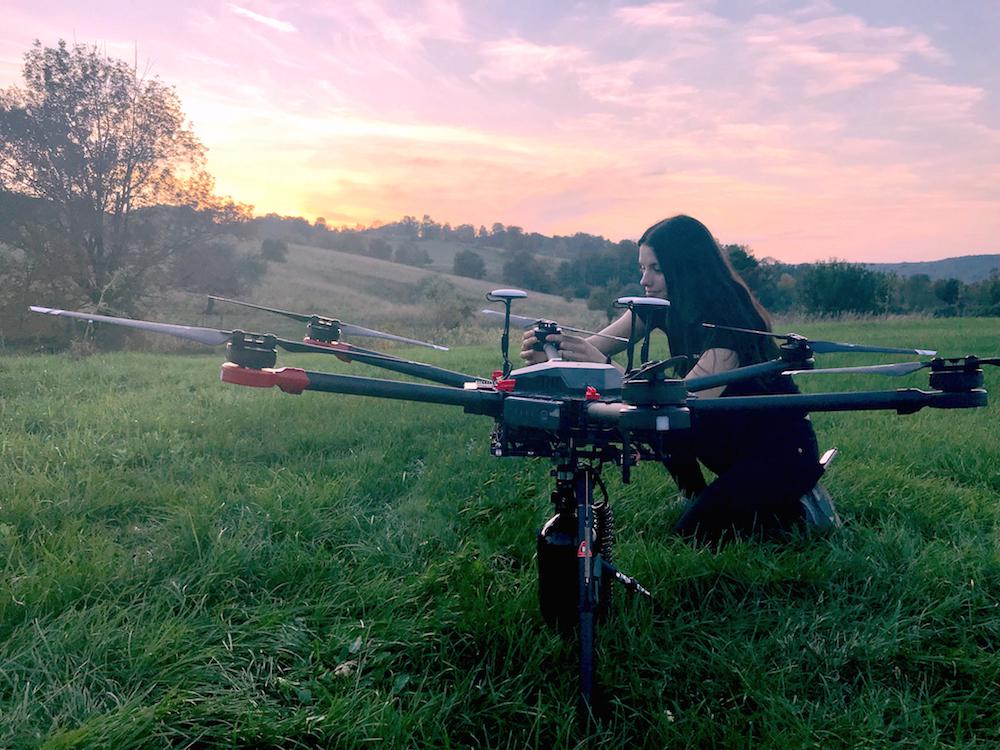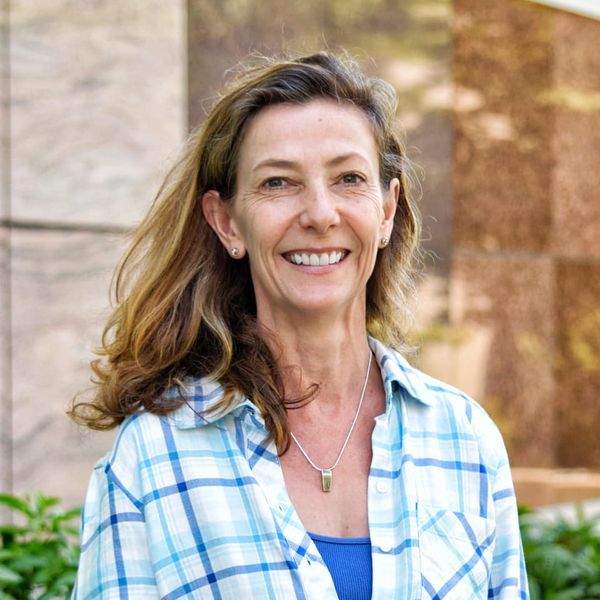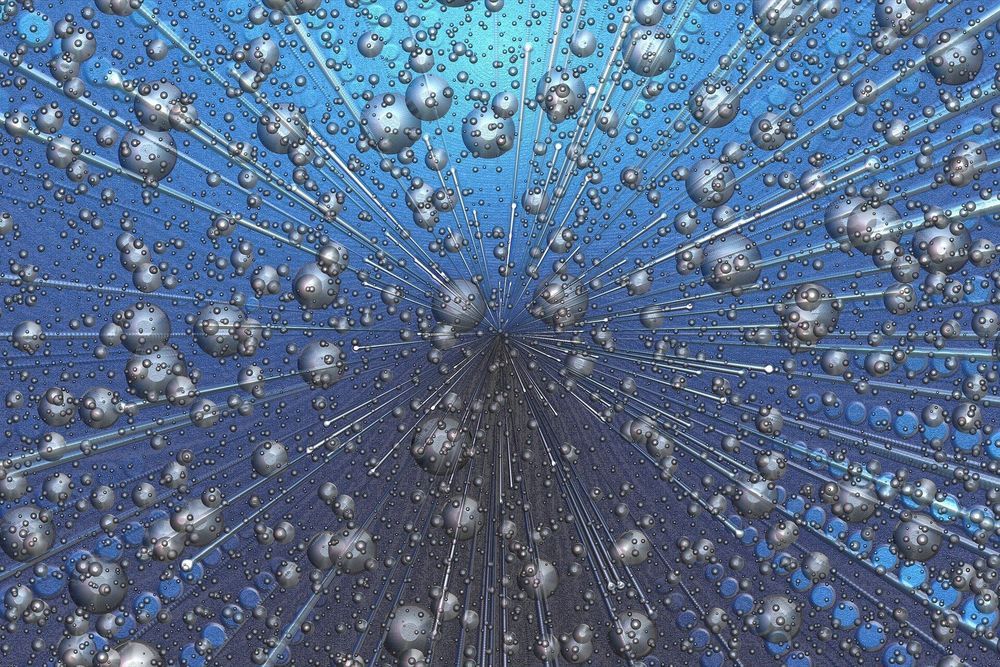NASA will broadcast key events, including an Artemis program update, of the 71st International Astronautical Congress (IAC), which takes place virtually Monday, Oct. 12, through Wednesday, Oct. 14. Coverage will air on NASA Television and the agency’s website.
During the conference, NASA will discuss international cooperation for the agency’s lunar exploration plans throughout the Artemis program, which includes sending American astronauts to the surface of the Moon in 2024 and establishing a sustainable lunar presence by the end of the decade.
In addition to participation in events outlined below, NASA will have a virtual exhibit featuring information on Artemis, NASA’s Commercial Crew Program, and the International Space Station. Visitors also will have an opportunity to contribute to a digital mosaic of the space station on social media using #NASAVirtualExhibit.







